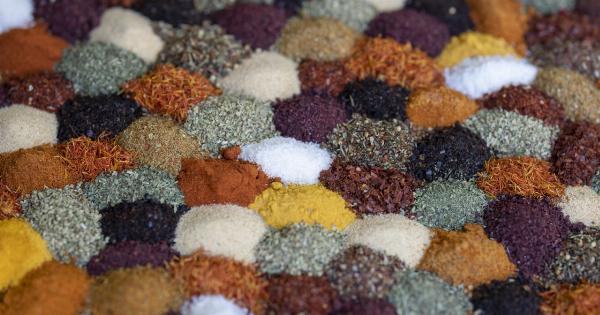Black lines on your nails might cause unnecessary panic, but they are often not a significant concern. However, they can indicate underlying health conditions that require medical attention.
Doctors refer to black lines on nails as longitudinal melanonychia, which is the medical term for black lines that run vertically on your fingernails or toenails. These lines vary in thickness, length, and placement and tend to be harmless.
Causes of black lines on nails
Black lines are produced when there’s an overproduction of melanocytes, pigment cells that give color to the skin and nails. Although the vast majority of causes of black lines on nails are not life-threatening, some may require attention.
Injury to the Nail
Common causes of black lines on the nails may include trauma, which refers to an injury or wound caused by impact and may result in bruising. In some cases, the impact may be strong enough to damage the nail bed, causing a nail to fall off entirely.
This type of injury will likely cause black streaks or dots on the nail. In such instances, the black line should resolve as the nail grows due to how nails grow.
Medications and Chemicals
Medications may cause black lines on nails as a side effect. Some of these drugs, for example, chemotherapy drugs, antimalarials, and some antibiotics, may cause discoloration or hyper-pigmentation of the nails.
Chemotherapy treatment is known to cause the blackening of the skin and nails. However, this side effect of chemotherapy is usually temporary, and the discoloration can often clear up after treatment ends.
Additionally, prolonged exposure to chemicals such as hair dyes, smoking, and heavy metals may also cause black lines on nails.
Fungal Infections
Black lines on the nails can also indicate the presence of various types of fungal infections. Onychomycosis is a fungal infection that occurs on the toenails and fingernails, and it might cause a long black line to appear on the nail bed.
In some cases, the nail may become brittle or thick.compromised the structural components of the nails.
Underlying Health Issues
Subungual melanoma is a type of cancer that affects the nail bed. This disease frequently manifests as black or brown lines or pigment streaks on the nails of either the fingers or toes.
Although only a tiny number of black lines on nails are due to melanoma, everyone must keep an eye out for them.
When to take Black lines on nails seriously
Regular monitoring of your nails assists in detecting changes in color or shape, such as black spots or stripes. It is critical to observe the array of discolored streaks that emerge on your nails.
If you see a straight or curved line, or if you have multiple lines near each other, you should see a doctor because any of these indications could be an indication of cancer.
Additionally, if a black line follows an accident or trauma to the nail that has resulted in hemorrhaging, it is improbable to be significant.
If you have no knowledge of injuring or hurting your nail and notice a straight line, or if the black line on your nail is spreading or enlarging, you should seek medical attention because it could be a signal of melanoma. As with all malignant growths, early detection is your best defense against the onset of dangerous ailments.
Diagnosis and Treatment of Black Lines on Nails
The diagnosis of black lines on nails will typically begin with a physical exam by your doctor. A sample may be taken from your nail to test for fungal infections. If melanoma is suspected, a skin biopsy may be done to confirm the diagnosis.
Treatment for black lines on nails will depend on the underlying cause. If the cause is trauma, the black line will typically resolve as the nail grows.
Fungal infections can be treated with prescription antifungal medications or over-the-counter remedies.
If the pinpoint black line is regarded as an early-stage melanoma, most cases will necessitate surgical removal to prevent the melanoma from spreading.
In cases where the melanoma has invaded, it may require further treatment such as chemotherapy, immunotherapy, or radiation therapy.
Prevention of Black Lines on Nails
Some causes of black lines on nails cannot be prevented. However, the following strategies can assist in keeping your nails healthy:.
Maintain Good Hygiene
Wash your hands and feet frequently and keep your nails trimmed. Also, avoid biting your nails and picking at your cuticles to avoid introducing germs and other infections.
Wear Protective Gear
If you work in places where your hands come into touch with chemicals or are engaged in sports where your feet undergo a lot of stress, it is essential to cover your hands and feet properly to safeguard them against harm and injury.
Final Thoughts
Black lines on your nails will vary in thickness, length, and placement, and sometimes their appearance on your nails may be inoffensive.
Black longitudinal streaks can occur naturally from aging and genetics, while others may signify serious health conditions that require prompt evaluation. If you are concerned about a black line on your nail, it is always best to consult with a healthcare aim and obtain a medical opinion.





























